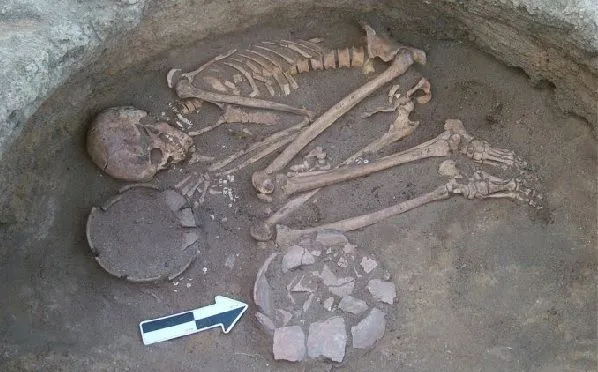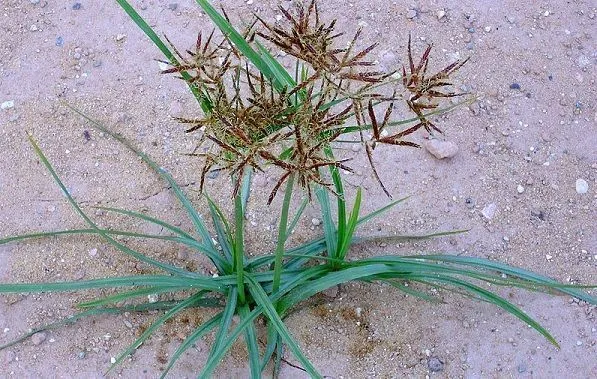Lately we are recovering lost values or traditions that come even from prehistory.
One of them is the well-known Paleolithic diet, where all processed foods are despised, with unsaturated fats and full of preservatives (E….) and opt for the natural, minimally processed and cooked.
Although we have obviously evolved, there are things that should never change. This diet, for example, is healthy in concept, because we eliminate all the artificial ingredients that crowd us daily.
As for the use of medicinal plants, day by day we see how they are acquiring greater prominence or, at least, recovering the use that was made of them for many years.
A principle to consider is that most of the medications we take are plant extracts or have these types of oils in their composition. The only thing that changes is that those that cause a positive response (or negative, let’s not forget the fearsome side effects) in our body are selected and concentrated.
A diet that agrees to the use of these medicinal plants, where we are integrating into our bodies very small and healthier amounts of these compounds, terpenes and secondary metabolites, manages to make us the potential effect sought of medicines, only to that medium/long term.

Table of Contents
The knowledge of medicinal plants does not come from our grandparents, but from the grandparents of our grandparents’ grandparents… Or more
An international team of researchers and anthropologists evidenced in tombs the use made of medicinal plants to obtain some kind of benefit.
Therefore, it is known that the great knowledge of medicinal plants and their combination does not come from our recent history (thinking of the civilized and clothed man) but from much older times.
Our prehistoric ancestors they knew, even with more knowledge than we do today, many nutritional and medicinal qualities of the plants of their time.
The finding has been made from the analysis of dental remains of prehistoric men, where very well preserved remains of seeds have been found, in a site of the White Nile, in Sudan.
Specifically, we are talking about the royal sedge or chestnut (Cyperus rotundus), which today, we have little information regarding the medicinal potential of the plant.

We are talking about a widespread consumption of the royal sedge as a medicinal and nutritional plant of about 9,000 years.
It is known that it was used, apart from its high carbohydrate content, as a medicinal plant, because many times this plant was chewed and not swallowed.
Recent research has given veracity to its use as a dental protector, because part of the compounds of the royal sedge or chestnut had an inhibitory effect on Streptococcus mutans, a bacterium directly associated with formation of dental caries.
The surprising thing about the finding was to verify the good dental conservation of this prehistoric population, which inhabited our world 9,000 years ago, compared to other findings detected in distant sites.
Antibacterial potential of real sedge or chestnut
The pharmacological study of Cyperus rotundus has revealed the following active compounds in the plant:
- α-cyperone
- β-selineno
- cyperene
- cyprerotundone
- pachulenone
- sugeonol
- kobusona
- isokobu
The royal sedge is today considered a weed
Far from preserving the good acceptance that was once had of this plant, today it is considered a weed with high disposal costs, since it is resistant to many generic herbicides.
From the agricultural or nutritional point of view, today its use as a medical plant. In the anEgypt, in times more advanced than prehistory, was also used for aesthetic purposes to make perfumes and also for medicinal (oral) use.
